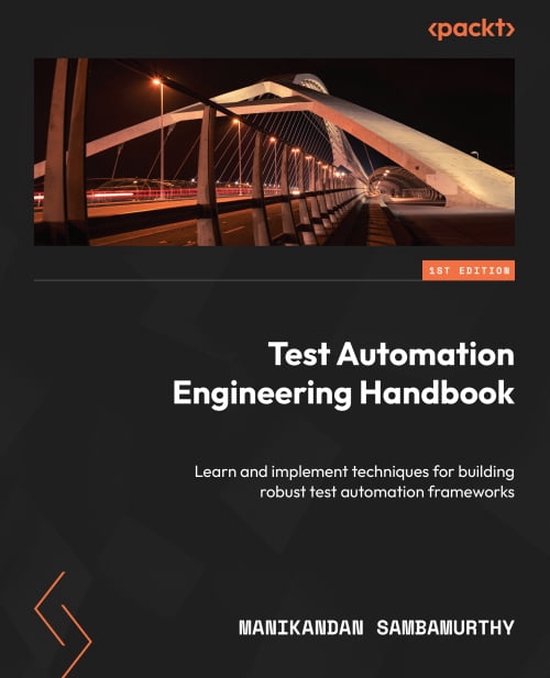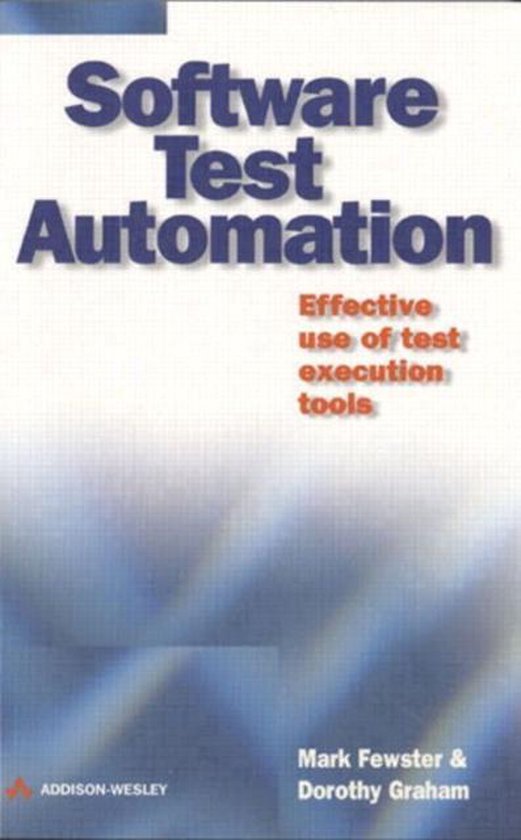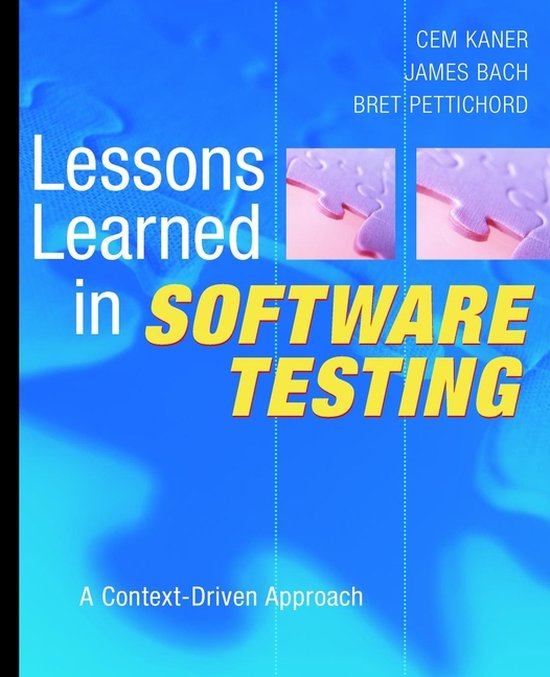
Complete Guide to Test Automation
Rely on this robust and thorough guide to build and maintain successful test automation. As the software industry shifts from traditional waterfall paradigms into more agile ones, test automation becomes a highly important tool that allows your development teams to deliver software at an ever-increasing pace without compromising quality.
Even though it may seem trivial to automate the repetitive tester’s work, using test automation efficiently and properly is not trivial. Many test automation endeavors end up in the “graveyard” of software projects. There are many things that affect the value of test automation, and also its costs. This book aims to cover all of these aspects in great detail so you can make decisions to create the best test automation solution that will not only help your test automation project to succeed, but also allow the entire software project to thrive.
Rely on this robust and thorough guide to build and maintain successful test automation. As the software industry shifts from traditional waterfall paradigms into more agile ones, test automation becomes a highly important tool that allows your development teams to deliver software at an ever-increasing pace without compromising quality.
Even though it may seem trivial to automate the repetitive tester’s work, using test automation efficiently and properly is not trivial. Many test automation endeavors end up in the “graveyard” of software projects. There are many things that affect the value of test automation, and also its costs. This book aims to cover all of these aspects in great detail so you can make decisions to create the best test automation solution that will not only help your test automation project to succeed, but also allow the entire software project to thrive.
Who This Book Is For
Those involved with software development such as test automation leads, QA managers, test automation developers, and development managers. Some parts of the book assume hands-on experience in writing code in an object-oriented language (mainly C# or Java), although most of the content is also relevant for nonprogrammers.
Even though it may seem trivial to automate the repetitive tester’s work, using test automation efficiently and properly is not trivial. Many test automation endeavors end up in the “graveyard” of software projects. There are many things that affect the value of test automation, and also its costs. This book aims to cover all of these aspects in great detail so you can make decisions to create the best test automation solution that will not only help your test automation project to succeed, but also allow the entire software project to thrive.
One of the most important details that affects the success of the test automation is howeasy it is to maintain the automated tests. Complete Guide to Test Automation provides a detailed hands-on guide for writing highly maintainable test code.
What You’ll Learn
- Know the real value to be expected from test automation
- Discover the key traits that will make your test automation project succeed
- Be aware of the different considerations to take into account when planning automated tests vs. manual tests
- Determine who should implement the tests and the implications of this decision
- Architect the test project and fit it to the architecture of the tested application
- Design and implement highly reliable automated tests
- Begin gaining value from test automation earlier
- Integrate test automation into the business processes of the development team
- Leverage test automation to improve your organization's performance and quality, even without formal authority
- Understand how different types of automated tests will fit into your testing strategy, including unit testing, load and performance testing, visual testing, and more
Rely on this robust and thorough guide to build and maintain successful test automation. As the software industry shifts from traditional waterfall paradigms into more agile ones, test automation becomes a highly important tool that allows your development teams to deliver software at an ever-increasing pace without compromising quality.
Even though it may seem trivial to automate the repetitive tester’s work, using test automation efficiently and properly is not trivial. Many test automation endeavors end up in the “graveyard” of software projects. There are many things that affect the value of test automation, and also its costs. This book aims to cover all of these aspects in great detail so you can make decisions to create the best test automation solution that will not only help your test automation project to succeed, but also allow the entire software project to thrive.
One of the most important details that affects the success of the test automation ishow easy it is to maintain the automated tests. Complete Guide to Test Automation provides a detailed hands-on guide for writing highly maintainable test code.
What You’ll Learn
- Know the real value to be expected from test automation
- Discover the key traits that will make your test automation project succeed
- Be aware of the different considerations to take into account when planning automated tests vs. manual tests
- Determine who should implement the tests and the implications of this decision
- Architect the test project and fit it to the architecture of the tested application
- Design and implement highly reliable automated tests
- Begin gaining value from test automation earlier
- Integrate test automation into the business processes of the development team
- Leverage test automation to improve your organization's performance and quality, even without formal authority
- Understand how different types of automated tests will fit into your testing strategy, including unit testing, load and performance testing, visual testing, and more
Who This Book Is For
Those involved with software development such as test automation leads, QA managers, test automation developers, and development managers. Some parts of the book assume hands-on experience in writing code in an object-oriented language (mainly C# or Java), although most of the content is also relevant for nonprogrammers.
| Auteur | | Arnon Axelrod |
| Taal | | Engels |
| Type | | Paperback |
| Categorie | | Computers & Informatica |





